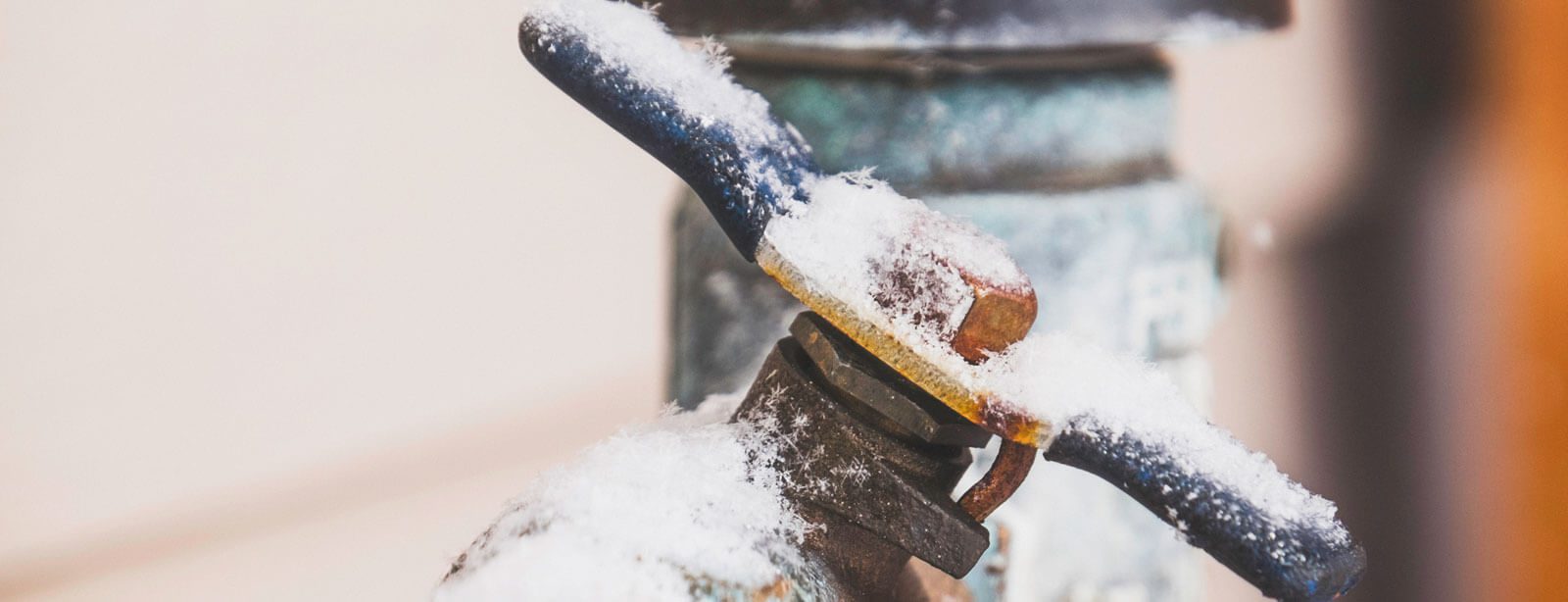Crucial Tips to Avoid Frozen Plumbing in Winter
Crucial Tips to Avoid Frozen Plumbing in Winter
Blog Article
Just how do you feel in regards to 6 Ways to Prevent Frozen Pipes?

Winter can wreak havoc on your plumbing, especially by freezing pipelines. Here's how to avoid it from occurring and what to do if it does.
Introduction
As temperatures decrease, the danger of frozen pipes boosts, possibly causing pricey repairs and water damages. Comprehending just how to avoid icy pipelines is important for house owners in chilly environments.
Prevention Tips
Shielding prone pipelines
Wrap pipes in insulation sleeves or utilize heat tape to safeguard them from freezing temperature levels. Concentrate on pipelines in unheated or external locations of the home.
Heating methods
Keep interior rooms adequately heated up, specifically areas with pipes. Open cupboard doors to enable warm air to circulate around pipelines under sinks.
How to recognize frozen pipelines
Search for reduced water circulation from faucets, unusual smells or noises from pipes, and visible frost on revealed pipes.
Long-Term Solutions
Structural modifications
Take into consideration rerouting pipelines far from outside wall surfaces or unheated areas. Include added insulation to attic rooms, cellars, and crawl spaces.
Upgrading insulation
Buy high-grade insulation for pipes, attics, and wall surfaces. Correct insulation helps keep regular temperatures and lowers the risk of frozen pipelines.
Protecting Outside Pipes
Yard hoses and exterior faucets
Disconnect and drain pipes garden tubes before winter. Set up frost-proof faucets or cover exterior taps with protected caps.
Recognizing Frozen Pipes
What causes pipelines to ice up?
Pipelines ice up when exposed to temperatures below 32 ° F (0 ° C) for extended periods. As water inside the pipelines ices up, it expands, putting pressure on the pipeline walls and possibly triggering them to burst.
Dangers and problems
Icy pipes can lead to water disturbances, property damages, and expensive repair work. Burst pipes can flooding homes and cause substantial architectural damages.
Indicators of Frozen Pipes
Identifying frozen pipelines early can prevent them from rupturing.
What to Do If Your Pipes Freeze
Immediate activities to take
If you presume frozen pipes, keep faucets open to relieve stress as the ice melts. Make use of a hairdryer or towels soaked in warm water to thaw pipes gradually.
Verdict
Avoiding icy pipes calls for aggressive actions and fast reactions. By recognizing the causes, signs, and preventive measures, property owners can secure their plumbing during cold weather.
5 Ways to Prevent Frozen Pipes
Drain Outdoor Faucets and Disconnect Hoses
First, close the shut-off valve that controls the flow of water in the pipe to your outdoor faucet. Then, head outside to disconnect and drain your hose and open the outdoor faucet to allow the water to completely drain out of the line. Turn off the faucet when done. Finally, head back to the shut-off valve and drain the remaining water inside the pipe into a bucket or container. Additionally, if you have a home irrigation system, you should consider hiring an expert to clear the system of water each year.
Insulate Pipes
One of the best and most cost-effective methods for preventing frozen water pipes is to wrap your pipes with insulation. This is especially important for areas in your home that aren’t exposed to heat, such as an attic. We suggest using foam sleeves, which can typically be found at your local hardware store.
Keep Heat Running at 65
Your pipes are located inside your walls, and the temperature there is much colder than the rest of the house. To prevent your pipes from freezing, The Insurance Information Institute suggests that you keep your home heated to at least 65 degrees, even when traveling. You may want to invest in smart devices that can keep an eye on the temperature in your home while you’re away.
Leave Water Dripping
Moving water — even a small trickle — can prevent ice from forming inside your pipes. When freezing temps are imminent, start a drip of water from all faucets that serve exposed pipes. Leaving a few faucets running will also help relieve pressure inside the pipes and help prevent a rupture if the water inside freezes.
Open Cupboard Doors
Warm your kitchen and bathroom pipes by opening cupboards and vanities. You should also leave your interior doors ajar to help warm air circulate evenly throughout your home.

As a serious reader on Prevent Frozen Pipes , I think sharing that excerpt was a smart idea. Sharing is caring. You never know, you may very well be doing someone a favor. Thanks a lot for your time invested reading it.
Schedule Your Service Report this page